Strategies for Enhancing Chinese College Students' English Metaphorical Competence from the Perspective of Multimodal Metaphor Theory
DOI: 10.23977/langl.2024.070807 | Downloads: 23 | Views: 847
Author(s)
Yujun Jiang 1
Affiliation(s)
1 School of Foreign Languages, Guangzhou Huashang College, Guangzhou, Guangdong, 511300, China
Corresponding Author
Yujun JiangABSTRACT
In the process of globalization, English metaphorical competence has gradually become a key factor in measuring college students' comprehensive English ability. This study advocates the adoption of multimodal metaphor theory to guide the teaching of English metaphors. The article first describes the core framework of multimodal metaphor theory, and reviews the latest progress of metaphorical competence research in second language acquisition in China. Following this, it conducts an empirical study on the current situation of college students' English metaphorical competence through questionnaire surveys and interviews, and analyzes various factors that may influence the development of their metaphorical competence. Then, from the perspective of multimodal metaphor theory, the author discusses some teaching strategies and measures that college teachers can take to enhance college students' English metaphorical competence in listening, speaking, reading, writing and translation teaching in the new era. The results of this study could have theoretical significance and practical guidance value for optimizing the theoretical system of English teaching and improving college students' English metaphorical competence.
KEYWORDS
Multimodal metaphor theory; English metaphorical competence; college students' English teaching; teaching strategyCITE THIS PAPER
Yujun Jiang, Strategies for Enhancing Chinese College Students' English Metaphorical Competence from the Perspective of Multimodal Metaphor Theory. Lecture Notes on Language and Literature (2024) Vol. 7: 48-56. DOI: http://dx.doi.org/10.23977/langl.2024.070807.
REFERENCES
[1] Lakoff, G. & Johnson, M. (1980). Metaphors We Live By. Chicago: University of Chicago Press, 3.
[2] Forceville, C. (2006). Non-verbal and multimodal metaphor in a cognitivist framework: Agendas for research. In: Gitte Kristiansen, Michel Achard, René Dirven and Francisco Ruiz de Mendoza Ibàñez (eds.), Cognitive Linguistics: Current Applications and Future Berlin/New York: Mouton de Gruyter, 379-402.
[3] Forceville, C., Urios-Aparisi, E. (2009). Multimodal Metaphor. Berlin/New York: Mouton de Gruyter, 23-24.
[4] Liu Man. (2022). A Study on Multimodal Metaphor of National Image in New Media Context---A Case Study of Epidemic Prevention and Control Posters of People’s Daily’s WeChat Official Account. Foreign Languages Research, 39(04): 23-28.
[5] Sun Yi, Tian Liangbin, Chen Lang. (2022). FILMIP: A New Way to Recognize Multimodal Metaphors in Film. Journal of Beijing Film Academy, (09): 67-77.
[6] Xi Rui. (2024). Analysis of Multimodal Metaphor and Its Philosophical Implications in the Opening Ceremony of the Beijing Olympic Winter Games. Journal of Beijing University of Chemical Technology (Social Sciences Edition), (01): 97-105.
[7] Lei Li, Chen Wen. (2024). A Research on Understanding Contemporary China Advanced Chinese Reading and Writing from the Perspective of Multimodal Metaphor Theory. Journal of International Chinese Teaching, (02): 74-83.
[8] Zhang Lei, Guo Ronghui. (2024). A Study on Multimodal Metaphorical Representation of Diseases in Popular Medical Science Animation. Linguistic Research, (01): 104-118.
[9] Zhao Xiufeng, Wu Yuxin. (2024). A Critical Analysis of Deliberate Metaphors in Political Cartoons on Energy Crisis: A Case Study of Health and Illness Multimodal Metaphor Scenarios. Foreign Languages Research, 41(02): 1-6.
[10] Li Yi, Shi Lei. (2010).Multimodal Metaphors in Foreign Language Teaching as Future Research Direction. Technology Enhanced Foreign Language Education, (03): 47-56.
[11] Zhang Wei, Liu Xiaobin, Zhou Rong, Li, Manna. (2014). An Empirical Study of Multimodal Metaphor's Application in College English Vocabulary Teaching. Modern Educational Technology, 24(07): 63-70.
[12] Zhang Changjie. (2015). An Empirical Analysis on English Writing Errors and Application of Multi-mode Metaphor in the Related Teaching. Heilongjiang Researches on Higher Education, (02): 169-172.
[13] Dong Yan. (2020). A Probe into Multimodal Turn in the Cultivation of English Metaphoric Capacity in Context of Internet Education. Theory and Practice of Education, 40(24): 54-56.
[14] Hymes, D. (1971). On Communicative Competence[M]. Philadelphia: University of Pennsylvanis Press, 281.
[15] Hu Zhuanglin. (2020). Metaphor and Cognition. 2nd ed., Beijing: Peking University Press, 155.
[16] Wang Yin, Li Hong. (2004). "The Three-in-One Teaching Concept of Language Proficiency, Communicative Proficiency and Metaphorical Proficiency". Journal of Sichuan Institute of Foreign Languages, 20(6): 140-143.
[17] Chen Lang. (2010). On Cultivation of Metaphoric Competence in Second Language Teaching. Foreign Language Research, (05): 47-49.
[18] Liu Zhengguang. (2016). The Way to Cultivate Intercultural Communicative Competence in University Foreign Language Teaching and Metaphor Teaching, Journal of Northeast Normal University(Philosophy and Social Sciences), (3): 121-124.
[19] Danesi, M. (1986). The Role of Metaphor in Second Language Pedagogy. Rassegna Italina di Linguistica Applicata. (18): 1-10.
[20] Littlemore, J. (2001). Metaphoric Competence: A Language Learning Strength of Students With a Holistic Cognitive Style? TESOL Quarterly. 35(3): 459-491.
[21] Yuan Fengshi, Xu Baofang, Wang Lifei. (2012). On the Definition of Metaphorical Competence. Foreign Language Education, 33(05): 1-7.
[22] Danesi, M. (1993). Metaphorical Competence in Second Language Acquisition and Second Language Teaching: the Neglected Dimension. In J. E. Alatis (ed.). Language Communication and Social Meaning [M]. Washington, DC: Georgetown University Press, 489-500.
[23] Lu Qingsheng, Peng Chaozhong. (2012). The Cultivation and Improvement of Metaphorical Competence in College English Teaching. Education Research Monthly, (09): 105-106.
[24] Tian Miao. (2013). Research on the Influencing Factors of College Students' English Metaphorical Competence Improvement. Heilongjiang Researches on Higher Education, 31(10): 165-167.
[25] He Bingyan. (2014). A Study of the Feasibility of the Development of Conceptual Fluency and Metaphorical Competence in L2 Learners. Foreign Languages and Literature, 30(06): 157-162.
[26] Yang Na. (2014). The Construction of Second Language Metaphorical Competence and Lexical Cognitive System. Foreign Languages Research, (02): 7-12.
[27] Deng Xuemei. (2015). Metaphorical Competence vs. In-depth Vocabulary Knowledge and Textual Construction in the Course of Advanced English. Foreign Languages and Literature, 31(04): 128-133.
[28] Li Jie. (2016). Grammatical Metaphor Theory in Pursuit of Metaphorical Competence. Foreign Languages in China, 13(03): 47-55.
[29] Shi Jinfang. (2018). On metaphorical competence in L2 and its learnability and teachability: Review, analysis, and implications. Foreign Language Learning Theory and Practice, (02): 44-50.
[30] Chen Hongjun, Wang Weiyi, Yuan fang. (2022). The Roles of Second Language Proficiency and Fluid Intelligence in Chinese EFL Learners' Metaphor Production Competence. Foreign Languages Research, 39(06): 47-55.
| Downloads: | 48794 |
|---|---|
| Visits: | 928039 |
Sponsors, Associates, and Links
-
Journal of Language Testing & Assessment
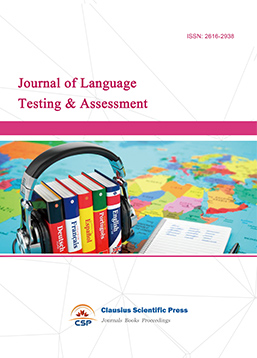
-
Information and Knowledge Management
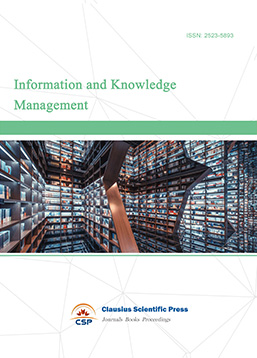
-
Military and Armament Science
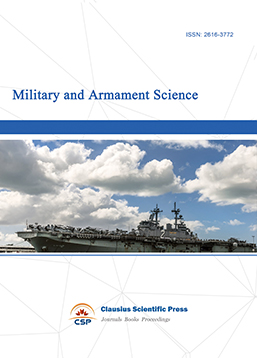
-
Media and Communication Research
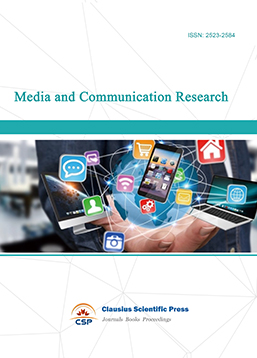
-
Journal of Human Movement Science
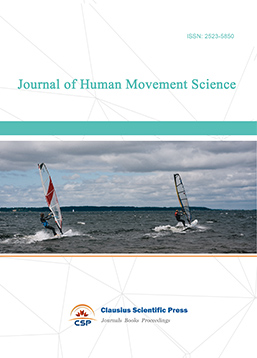
-
Art and Performance Letters
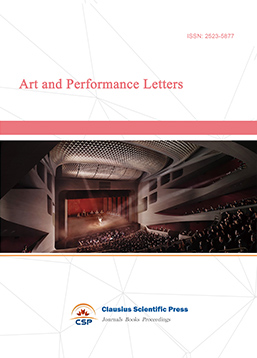
-
Lecture Notes on History
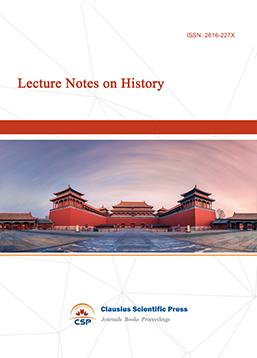
-
Philosophy Journal
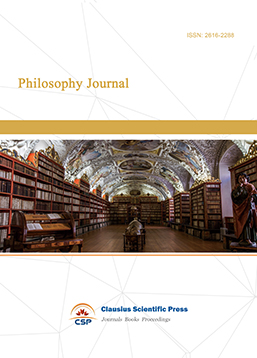
-
Science of Law Journal
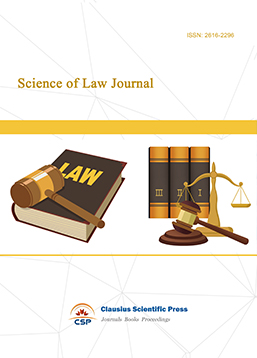
-
Journal of Political Science Research
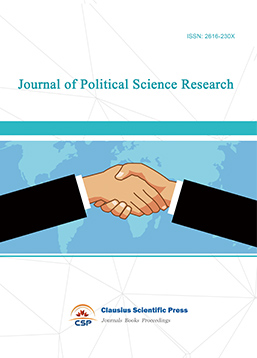
-
Journal of Sociology and Ethnology
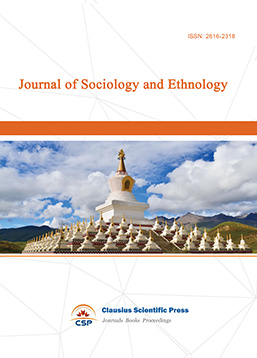
-
Advances in Broadcasting


 Download as PDF
Download as PDF